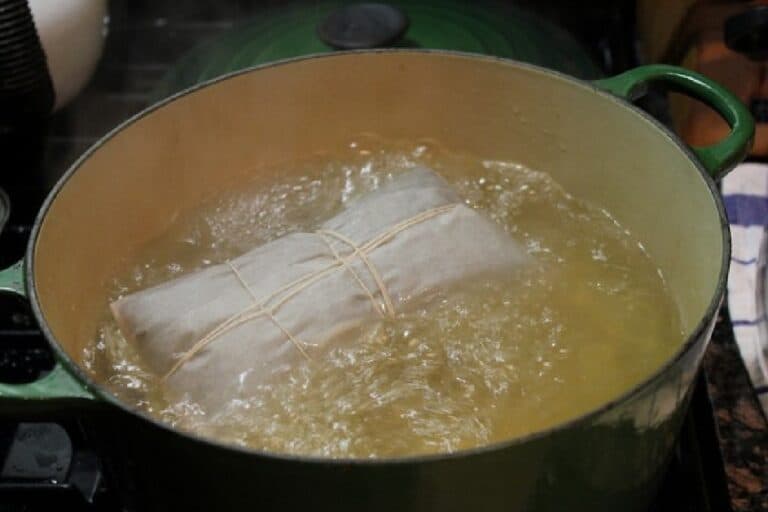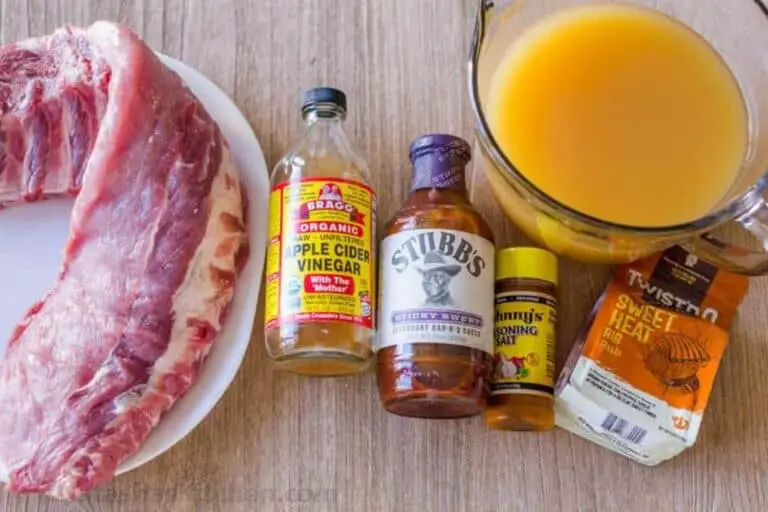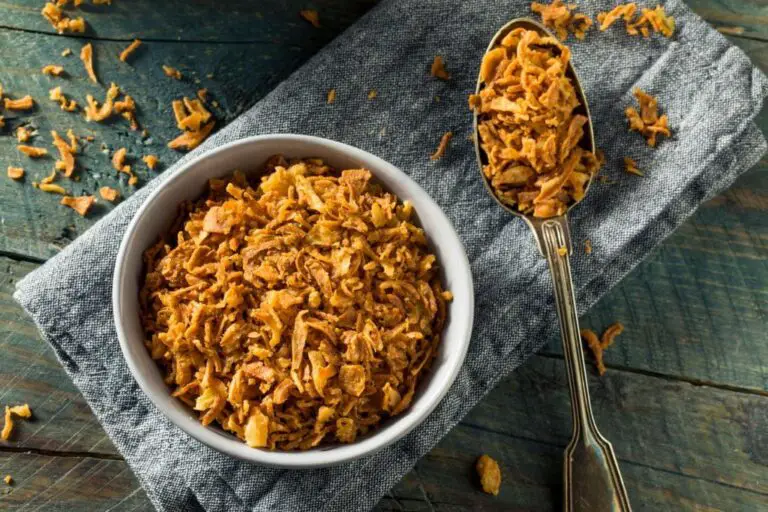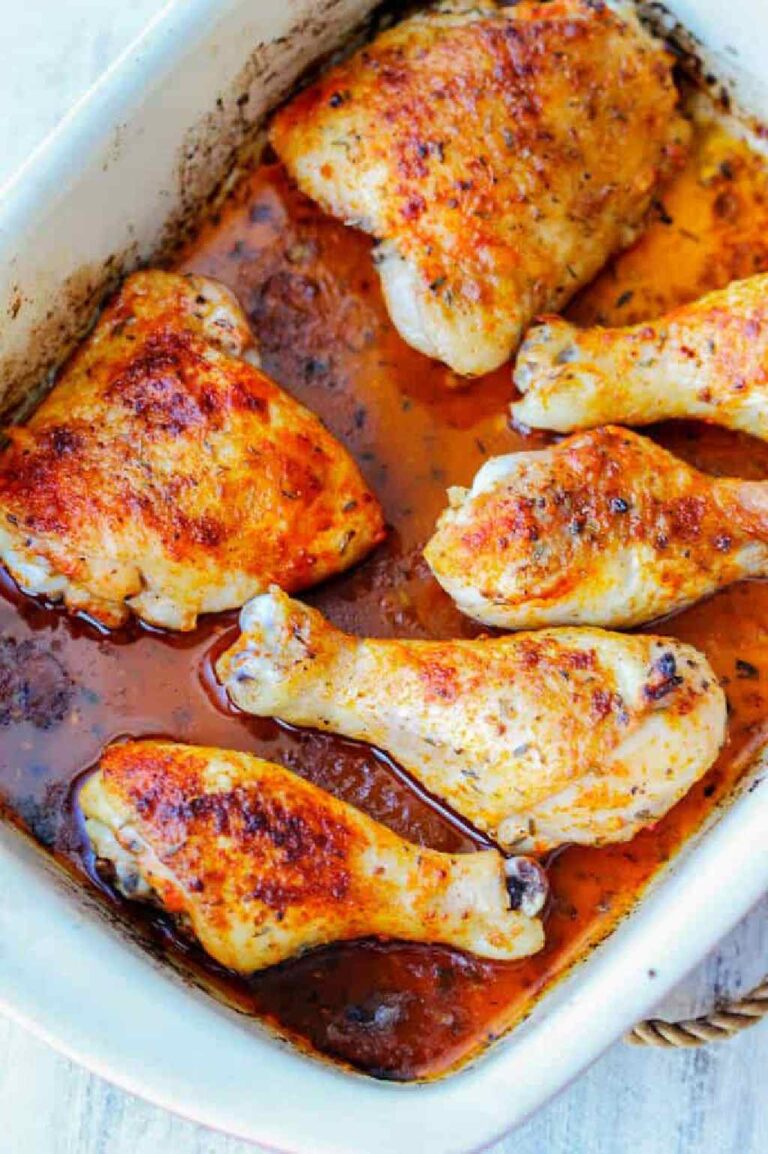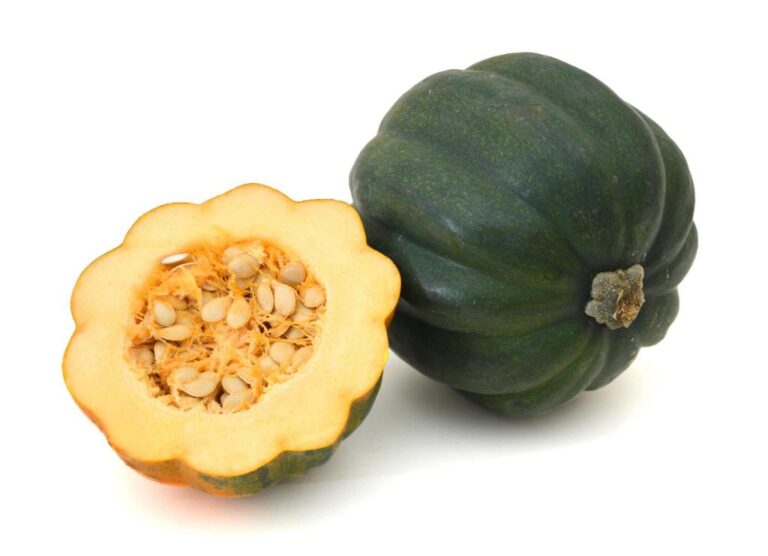Why Are My Yellow Split Peas Not Cooking and Hard?
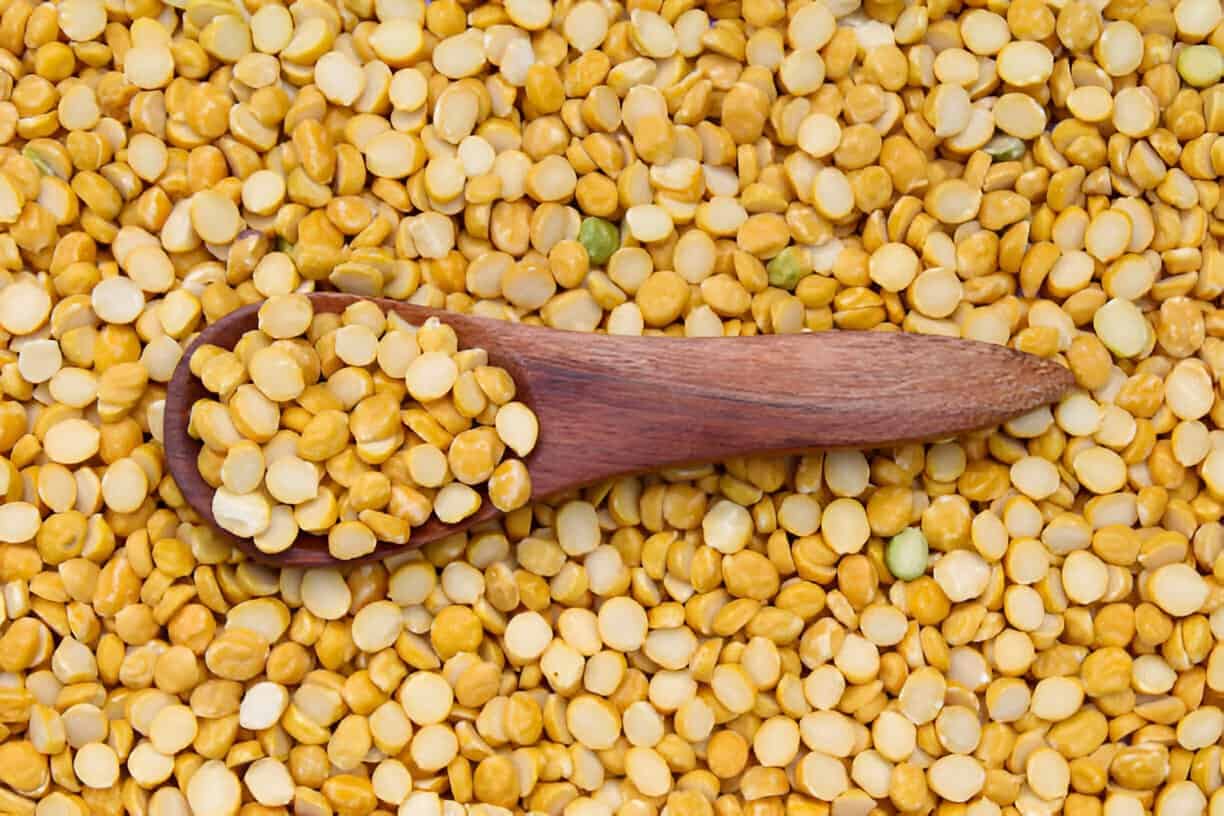
Have you ever found yourself in the kitchen, eagerly awaiting a pot of yellow split peas to cook, only to find that they remain stubbornly hard? If so, you’re not alone.
Yellow split peas, a staple in many kitchens, are prized for their hearty flavor and nutritional benefits. They are commonly used in soups, stews, and other savory dishes.
Cooking yellow split peas to a tender consistency can sometimes be a challenge, but fear not. In this article, we’ll explore why your split peas aren’t cooking as expected. We’ll also give you tips for success in the future.
By reading this, you’ll get valuable insights into cooking yellow split peas. You’ll also learn how to achieve perfectly cooked peas every time.
Understanding Yellow Split Peas
Yellow split peas are a type of legume that belongs to the pea family. They are characterized by their pale yellow color and are often used in various recipes, particularly in soups, stews, and curries. Here are some key aspects about yellow split peas:
- Appearance and Color: Yellow split peas are pale yellow in color and are typically split in half, which makes them easy to cook and digest.
- Flavor and Texture: Yellow split peas have a mild flavor and a soft texture. They are often described as having a slightly earthy taste compared to whole dried peas.
- Cooking: Yellow split peas are relatively easy to cook and can be prepared in a variety of ways. They can be boiled, sautéed, or used in soups and stews. They are often used in recipes where a creamy texture is wanted. An example is the Lemony Yellow Split Pea Recipe. It uses vegetable broth and lemon juice to get a creamy texture.
- Variety of Recipes: Yellow split peas are versatile. They can be used in a range of dishes, from traditional soups and stews to modern recipes like the Lemony Yellow Split Pea Recipe. They can also be used in place of lentils in many recipes, offering a slightly different flavor and texture
Common Reasons for Hard Yellow Split Peas
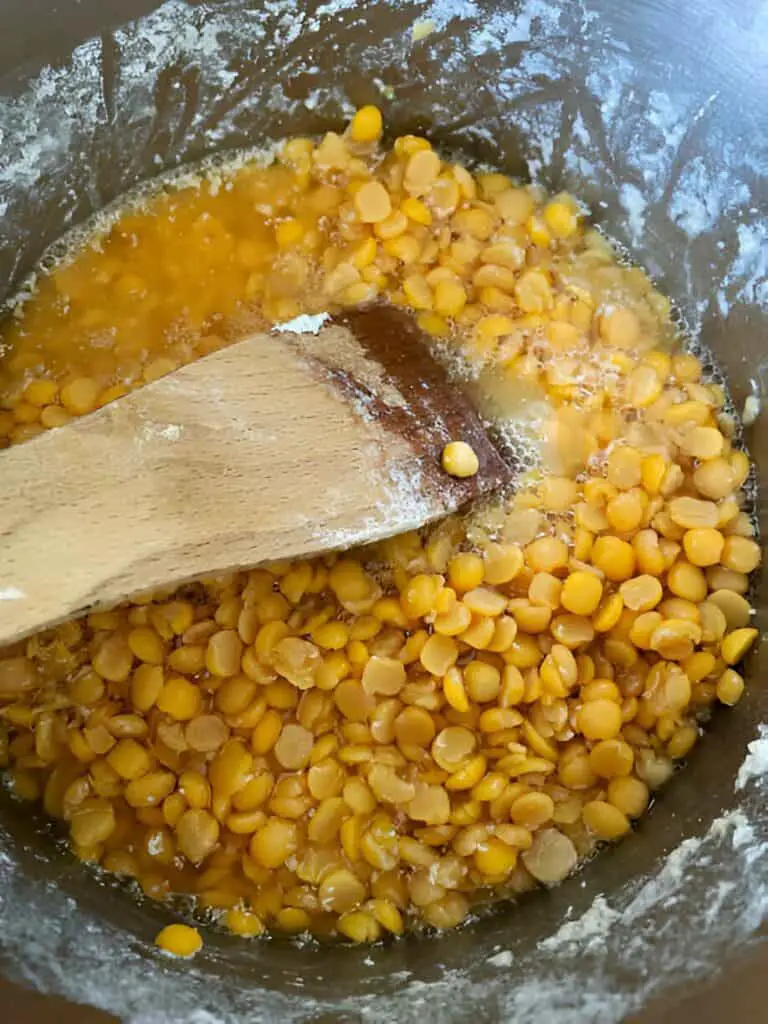
Several issues can prevent yellow split peas from cooking properly. Here are some of the most common culprits:
1. Old Peas
The age of the split peas is a significant factor. Like all dried legumes, yellow split peas have a shelf life. As they age, they lose moisture and become harder. Older peas can take much longer to cook, or they might never fully soften. It’s best to use peas that are within their shelf life, which is usually about a year if stored properly.
2. Hard Water
Water quality can also affect cooking time. Hard water, which contains high levels of minerals like calcium and magnesium, can hinder the softening process of legumes. These minerals form bonds with the pectin in the peas’ cell walls, making them tough and resistant to cooking.
3. Acidic Ingredients
Adding acidic ingredients, like tomatoes, vinegar, or lemon juice too early can also prevent yellow split peas from softening. Acidity stabilizes the pectin, which again makes the peas tougher. It’s best to add acidic ingredients only after the peas have fully cooked.
4. Improper Soaking
Unlike some other legumes, yellow split peas don’t require soaking before cooking. However, if you do choose to soak yellow split peas, make sure they are soaked properly. Incomplete soaking can lead to uneven cooking, where some peas are soft while others remain hard.
Solutions to Ensure Perfectly Cooked Split Peas
Now that we’ve identified the common issues, let’s look at some solutions to ensure your yellow split peas cook perfectly every time.
1. Use Fresh Peas
Always start with fresh, yellow split peas. Check the packaging date when purchasing and try to use them within a year. Store them in an airtight container in a cool, dry place to maintain their quality.
2. Use Soft Water
If you live in an area with hard water, consider using filtered or bottled water for cooking your split peas. Soft water helps break down the peas’ cell walls more effectively, leading to a tender result.
3. Cook Without Acid
Avoid adding acidic ingredients until the peas are fully cooked. Cook the peas in water or broth until they reach the desired tenderness, and then add any acidic components your recipe requires.
4. Proper Cooking Techniques
Cook your yellow split peas using the right techniques. Here’s a simple method:
- Rinse the Peas: Place the peas in a colander and rinse under cold water to remove any dust or debris.
- Boil and Simmer: Add the rinsed peas to a pot with water or broth. Use a ratio of about 1 cup of peas to 4 cups of liquid. Bring to a boil, then reduce the heat and simmer gently.
- Skim Foam: As the peas cook, skim off any foam that rises to the surface. This helps prevent boil-overs and keeps the cooking liquid clear.
- Check for Doneness: After about 30-45 minutes, check the peas for tenderness. They should be soft and mushy, without any hard centers.
How Do You Know When Yellow Split Peas Are Done?
Knowing when yellow split peas are done is all about texture. The peas are ready when they are tender and can be easily mashed with a fork. If you prefer a smoother, creamier consistency, allow them to cook a bit longer until they begin to soften and fall apart on their own. For those who enjoy a really silky soup, there’s an additional step you can take: pureeing the peas after they have softened.
This not only enhances the texture but also integrates the flavors more fully, resulting in a rich and velvety dish. Whether you like them tender or perfectly creamy, the cooking time can be adjusted to suit your taste.
Troubleshooting Tips
Even with the best practices, sometimes things can still go awry. Here are some troubleshooting tips if your peas aren’t cooking as expected:
1. Extend Cooking Time
If your peas remain hard after the recommended cooking time, simply continue to simmer them. Some batches of peas might need longer due to age or other factors. Patience is key.
2. Add Baking Soda
A small amount of baking soda can help soften the peas. Add about 1/8 teaspoon of baking soda per cup of peas to the cooking water. Be cautious, as adding too much baking soda can make the peas mushy and affect the flavor.
3. Check Water Level
Ensure there is enough water in the pot. As peas cook, they absorb water and release starch, which can thicken the liquid. If the water level gets too low, the peas can dry out and cook unevenly. Add more water as needed during cooking.
Enhancing the Flavor
Once your peas are cooked to perfection, it’s time to enhance their flavor. Here are some tips to make your yellow split pea dishes truly shine:
1. Use Quality Broth
Cooking peas in broth instead of water can significantly boost their flavor. Vegetable, chicken, or beef broth adds depth and richness to the final dish.
2. Season Wisely
Season the peas with salt, pepper, and your favorite herbs and spices. Garlic, bay leaves, thyme, and smoked paprika are excellent choices that complement the earthy flavor of yellow split peas.
3. Add Vegetables
Incorporate vegetables like onions, carrots, and celery. Sauté them before adding the peas for an extra layer of flavor. You can also stir in leafy greens like spinach or kale towards the end of cooking for added nutrition and texture.
Are Yellow Split Peas Supposed to Be Crunchy?
Yellow split peas are not typically meant to be crunchy when fully cooked. They are usually cooked until they are soft and tender, with a creamy texture. However, if you prefer them to have a slightly crunchy texture, you can cook them for a shorter amount of time or use less water during cooking.
Once cooked, yellow split peas can be stored in a jar on the counter for a few days. They will retain some of their crispiness, making them a convenient and healthy snack option. Additionally, you can use cooked split peas in various dishes. They can be served as a side dish, paired with a glass of wine, or added to salads for an extra crunch. Their versatility makes them a great addition to any meal or snack time.
Recipes to Try for Yellow Split Pea
Here are a few recipe ideas to inspire you:
1. Classic Yellow Split Pea Soup
A hearty, comforting soup that’s perfect for chilly days.
- Ingredients: Yellow split peas, onions, carrots, and celery. Also, garlic, vegetable broth, bay leaves, thyme, salt, and pepper.
- Instructions: Sauté the onions, carrots, and celery. Add garlic, split peas, broth, bay leaves, and thyme. Simmer until peas are tender. Season to taste.
2. Curried Split Peas
A flavorful dish with a kick of spice.
- The ingredients are: yellow split peas, onions, garlic, ginger, curry powder, coconut milk, vegetable broth, spinach, salt, and pepper.
- Instructions: Sauté onions, garlic, and ginger. Stir in curry powder, split peas, broth, and coconut milk. Simmer until peas are tender. Add spinach and cook until wilted. Season to taste.
3. Split Pea and Ham Stew
A rich and savory stew perfect for using leftover ham.
- Ingredients: Yellow split peas, ham hock or diced ham, onions, carrots, celery, garlic, chicken broth, bay leaves, thyme, salt, and pepper.
- Instructions: Sauté onions, carrots, and celery. Add garlic, ham, split peas, broth, bay leaves, and thyme. Simmer until peas are tender. Remove ham hock, shred meat, and return to the pot. Season to taste.
Conclusion
Cooking yellow split peas well can be tricky. But, knowing the factors that affect their cooking and using the right techniques can make a big difference. Whether you’re making a classic soup, a spicy curry, or a hearty stew, these tips will help you achieve tender, flavorful yellow split peas every time. Happy cooking!

